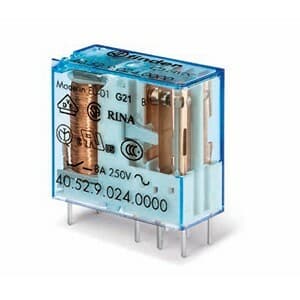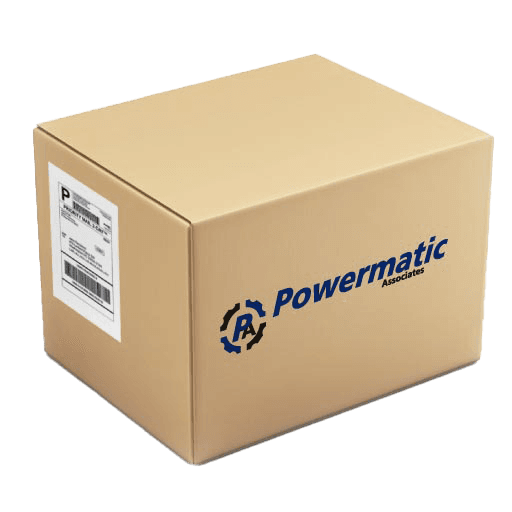| CA2KN31Y7 Schneider Electric CA2KN31Y7 is a control relay designed with a mechanical durab... | Schneider Electric | | |
| CA2KN31FC7 Schneider Electric CA2KN31FC7 is a control relay designed with a mechanical dura... | Schneider Electric | | |
| CA2KN31F72 Schneider Electric CA2KN31F72 is a contactor with a mechanical durability of 10,... | Schneider Electric | | |
| CA2KN315F7 Schneider Electric CA2KN315F7 is a contactor with a mechanical durability of 10,... | Schneider Electric | | |
| CA2KN22E72 Schneider Electric CA2KN22E72 is a control relay with a mechanical durability of... | Schneider Electric | | |
| CAD506E7 Schneider Electric CAD506E7 is a plate DIN rail-mounted automation part featurin... | Schneider Electric | | |
| CAD503U7 Schneider Electric CAD503U7 is a plate DIN rail-mounted automation part featurin... | Schneider Electric | | |
| CAD503Q7 Schneider Electric CAD503Q7 is a plate DIN rail-mounted automation part featurin... | Schneider Electric | | |
| CAD32ZD Schneider Electric CAD32ZD is a control relay designed with a mechanical durabil... | Schneider Electric | | |
| CAD32S7 Schneider Electric CAD32S7 is a control relay designed with a mechanical durabil... | Schneider Electric | | |






